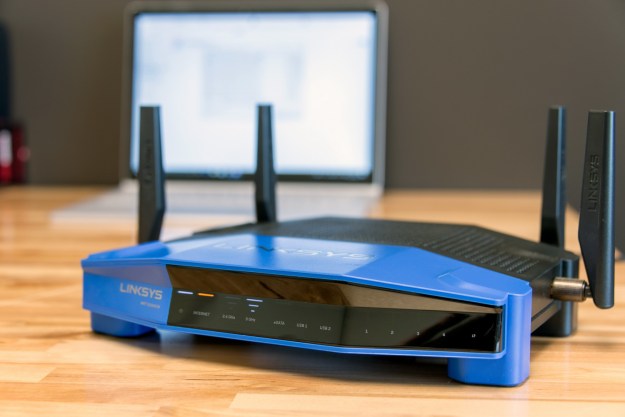Facebook and Qualcomm are teaming up to bring fast Wi-Fi to cities across the United States. For at least two years, the social media giant has been attempting to create a “multi-node wireless system focused on bringing high-speed internet connectivity to dense urban areas.” It’s called the Terragraph Project, and it was first debuted at the social network’s 2016 annual developer conference.
The goal is to send data through routers more efficiently, resulting in faster Wi-Fi. And now, Qualcomm chipsets will be integrated with this technology, which should allow manufacturers to upgrade routers in order to send data at a frequency of 60GHz.
According to a Qualcomm spokesperson, the Terragraph Project could be a boon to both rural and urban neighborhoods that suffer from Wi-Fi dead zones. The technology is contingent upon the 802.11ay WLAN standard, which promises transmission rates of up to 40Gbps over 300 to 500 meter ranges. But with a little bit of finagling from Qualcomm and Facebook, this standard has been further improved with enormous antenna arrays, channel bonding, time-synchronized nodes, and TDMA protocols, Engadget reports. This should help signals bypass obstacles (like huge skyscrapers), as well as reach more users and reduce costs.
Trials for the new network are slated to begin in the middle of 2019, though it’s not entirely clear where the test cities will be. Previously, Facebook suggested that Terragraph would be tested in San Jose. Given that Terragraph is meant to help areas where laying fiber or other internet sources is particularly expensive, there are a number of cities and towns that could certainly benefit from this technology.
This isn’t Facebook’s first foray into internet. The company already offers Free Basics, a free internet service that has come under fire previously for offering a very abbreviated and carefully curated version of the web (which, of course, includes
Hopefully, Terragraph will provide a better alternative to existing solutions, and if all goes well, we could soon be seeing this fast new network in the next year.
Editors' Recommendations
- These are the airports that actually have really fast public Wi-Fi
- This dongle can bring a superfast Wi-Fi 6 connection to your old computer
- Linksys’ new dual-band Wi-Fi 6 routers are surprisingly affordable
- Netgear’s new Nighthawk gaming router brings Wi-Fi 6E speeds to the masses
- Wi-Fi 7 is coming to CES 2022 with promises of even faster speeds


